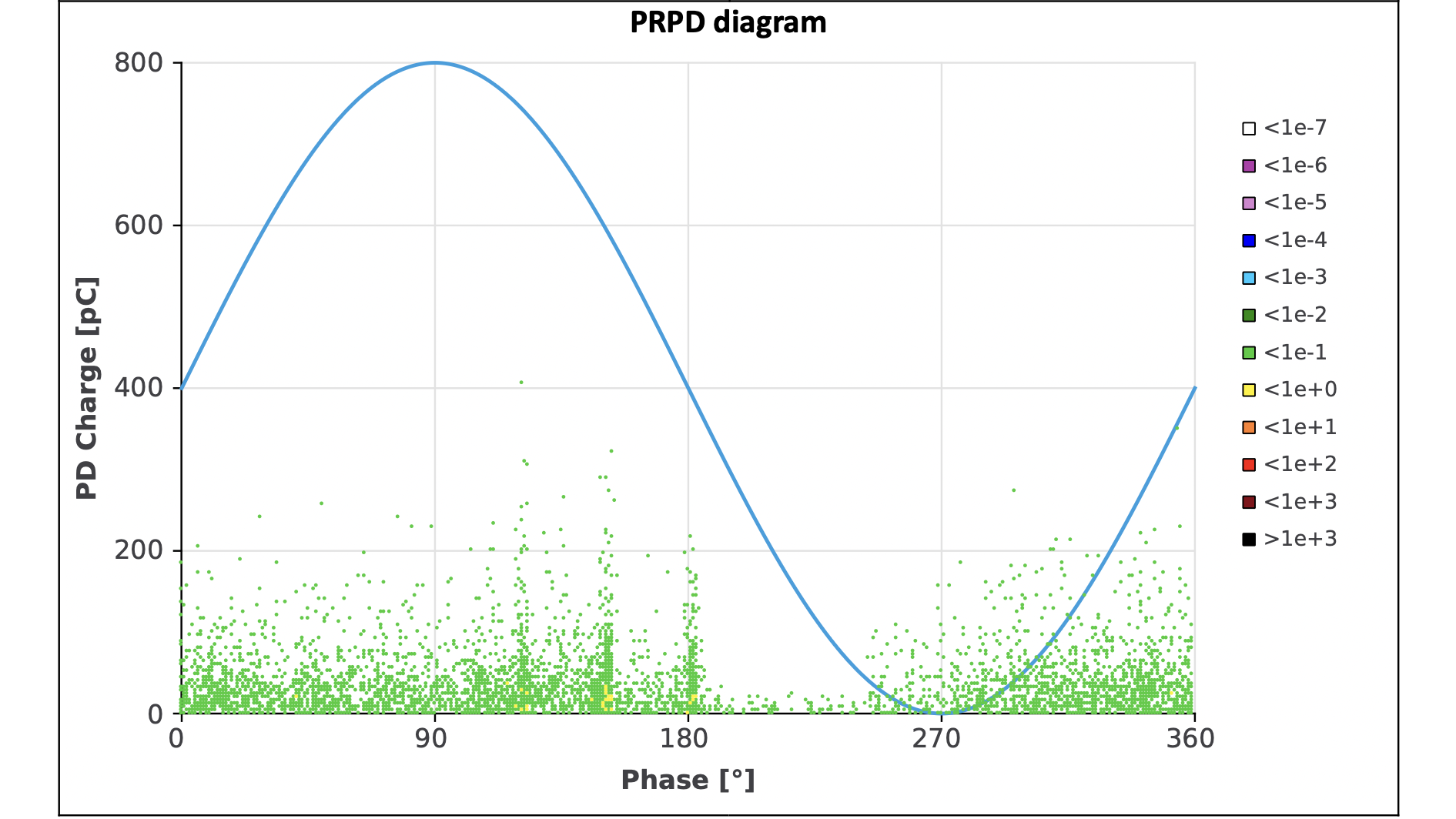📜 Glimpse into Our Early R&D (2012–2017)
Back in 2012, ModemTec was laying the groundwork for what would become our flagship solutions. Early lab demonstrations focused on:
- Partial Discharge signal detection using foundational HFCT and capacitive sensor designs
- Establishing the first-generation hardware architectures that would evolve into today’s MT-PDM1 analyzers

By 2017, these prototypes had matured into field-deployable pilot systems:
- Key breakthroughs in signal denoising and PRPD visualisation enabled real-world testing
- Our first installations across MV cable networks marked the transition from concept to commercial deployment
This formative period shaped our core philosophy: iterate fast, test thoroughly, build reliability first—principles that still guide PD Doctor today.
👉 Explore the full timeline and see how these early R&D efforts evolved into modern PD monitoring: https://modemtec.com/blog/.
Our early R&D articles include:
- Smart Metering Is Dead, Long Live Smart Grids: Does it make sense to talk about the darkness of Smart Metering, while there is a plenty of roll-outs within the Europe and world realized nowadays? With deployment of large projects at Spain, France, or Great Britain, where is the retreat from the stage? [2012-03]
- Power Systems – Waiting for Darkness: Power systems in Central Europe are systematically facing critical situations. An enormous power market deformation (public subsidies of renewable sources, import of cheap coal from the USA due to shale gas usage) is leading to many negative impacts. [2013-03]
- New Measurement Standards: Higher Harmonics in the Grid: The situation on the low voltage grid has significantly changed over the past few years. This comes as a result of the arrival of new appliances – lights, electronics with switched-mode power supplies – and due to the changes at supply/generator sites. [2014-01]
- Harmonic-Frequency Calibration for Accurate Power Measurement: Calibration of e-meters is vital when operating at high frequencies with high harmonics. Failure to do so will result in incorrect measurement and readings. Simple solutions are available to measure harmonics with high accuracy. [2014-03]
- Smart Grid at the Doorstep: In the past, the rapid development of power distribution networks was mirrored by the same development in energy measuring. There were big names involved in electric meter development such as Thomas Edison, Lord Kelvin, and even Sir Hiram Maxim, the machine gun inventor. [2014-04]
- Smart Grids: Embrace Time Sync, Rethink Today’s Standards: It seems that there is something wrong with current system’s interoperability. In the beginning, there were plenty of presentations about how smooth and reliable future operations would be because of interoperability. Today, the initial skepticism of the realists is being realized. [2015-02]
- Data Concentrator: Unfairly ignored parts of modern smart grids: A data concentrator is an often-overlooked element of smart grids. Often it is seen as a gateway between a TCP-IP network and a communication network of electricity meters. In fact, the concentrator performs a number of other very important tasks, which have a significant impact on successful data retrieval from meters and the usability of a wide range of functionalities. [2015-04]
- E-meter: Soldier for the war on blackout: The technical parameters for an e-meter are defined by totally outdated standards today. These standards do not reflect the current state of knowledge and real state of the power supply system. European bureaucrats introduce savings based on smart meter rollouts, but they do not quite take into account the way of connection to the end user’s distribution. [2015-06]
- Smart Grid and Smart City: The idea of smart grids and smart cities are based on EU directive 27/2012 which defines objectives and operations for energy demand decrease (carbon footprint) across a multitude of activities.
[2016-02] - What Smart Grid utilities really need: In May 2016, there was an inconspicuous news item in the press about the beginning of consumption trading on the energy market. In other words: consumers will receive payment for allocated consumption. Unfortunately, this is one of the first, tangible outputs of the European Commission’s ’20-20-20 strategy’. [2016-04]
- Smart Grids: Data Concentrator or Gateway?: Since the establishment of communication networks, it has been necessary to choose between centralised and decentralised solutions. However, there are not only two solutions – it is also possible to choose different levels of decentralisation. What level of decentralisation is suitable depends on a number of parameters. The main parameters include connectivity between different network elements and their computing power. [2017-02]
